The Great Basin Culture Area includes the high desert regions between the Sierra Nevada and the Rocky Mountains. It is bounded on the north by the Columbia Plateau and on the south by the Colorado Plateau. It includes southern Oregon and Idaho, a small portion of southwestern Montana, western Wyoming, eastern California, all of Nevada and Utah, a portion of northern Arizona, and most of western Colorado. This is an area which is characterized by low rainfall and extremes of temperature. The valleys in the area are 3,000 to 6,000 feet in altitude and are separated by mountain ranges running north and south that are 8,000 to 12,000 feet in elevation. The rivers in this region do not flow into the ocean, but simply disappear into the sand.
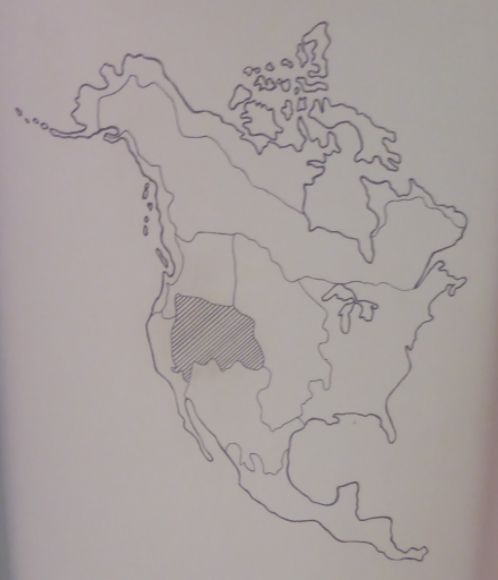 The shaded area on the map shown above shows the Great Basin culture area.
The shaded area on the map shown above shows the Great Basin culture area.
In their book The Wintu and Their Neighbors: A Very Small World-System in Northern California, Christopher Chase-Dunn and Helly Mann report:
“It is an ecologically sparse environment punctuated by small areas where water, game, and plant life are abundant.”
This is an area which seems inhospitable to human habitation, yet Indian people have lived here for thousands of years. This was the last part of the United States to be explored and settled by the European-Americans. In writing about the early Indian settlement of the Great Basin, archaeologist Jesse Jennings, in his book Prehistory of Utah and the Eastern Great Basin, notes:
“Effective human exploitation of the American Desert West requires rather intimate knowledge of a fairly large territory of several hundred square miles, a territory probably encompassing the full range of desert biomes or ecologic communities.”
Prior to the European invasion, the scattered Indian nations of the Great Basin engaged in an intensive utilization of their desert environment. According to anthropologist Jesse D. Jennings:
“Instead of being the uniformly uninviting desert so often visualized, the Great Basin consists of hundreds of special and often rich environments where a widely varying mix of desired plant and animal species was available for harvest.”
This included the gathering of many different plants, the hunting of small game and birds, and the consumption of insects.
One important aspect of the material culture of the Great Basin is basketry. Indian people in this area have a long history of basketry – archaeologists report evidence of basketry in the area for more than 10,000 years. Some of the baskets were woven so tight as to be watertight and could be used for carrying water and cooking.
According to Catherine S. Fowler and Norman R. Delorme, in their chapter on Great Basin basketry in the Handbook of North American Indians:
“By employing the techniques of twining and coiling using carefully tended, selected, and prepared willow stems, the people of the western Great Basin created baskets in a wide variety of shapes and styles to serve both practical and aesthetic needs.”
These baskets were used for storing and preparing food as well as for storing valuable items.
While basketry has a long tradition in the Great Basin, this does not mean that it has been unchanged. Sometime after beads were introduced as a common trade item by the Euro-Americans, the Northern Paiute, Washo, and Western Shoshone began incorporating beadwork into their baskets. According to one contemporary artist:
“The willow gives the basket life and makes it part of the earth and tradition. Working with the willow gives you that feeling and connection. But the beads make the basket shine. They are like your dream.”
The Maryhill Museum of Art near Goldendale, Washington, has a display of Great Basin basketry.
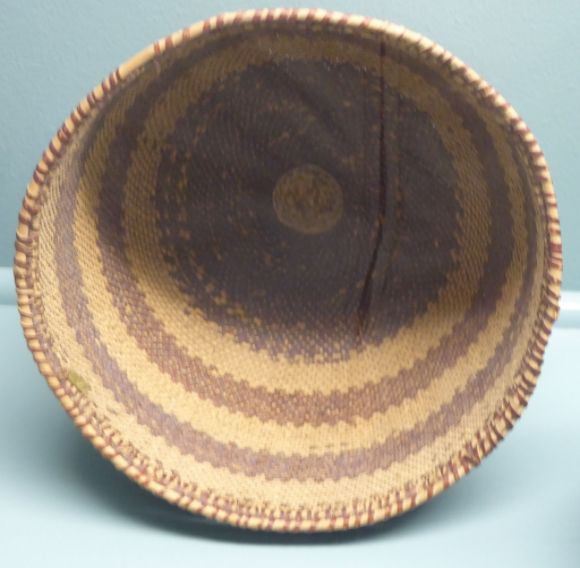 Shown above is a cooking basket: the basket would be filled with water and food and then hot rocks would be added. The rocks would be moved around in the basket to prevent them from burning the basket.
Shown above is a cooking basket: the basket would be filled with water and food and then hot rocks would be added. The rocks would be moved around in the basket to prevent them from burning the basket. 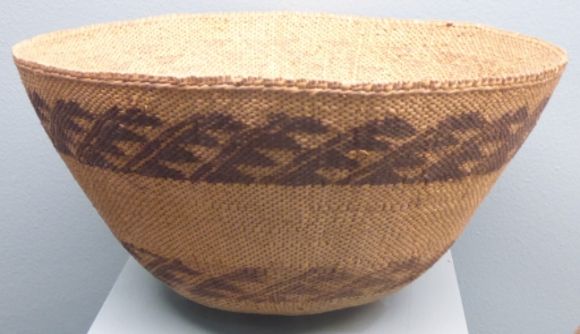
 The basket shown above functioned as both an eating bowl and a woman’s hat.
The basket shown above functioned as both an eating bowl and a woman’s hat.  The twined basket shown above has an unusual shape and an unknown function.
The twined basket shown above has an unusual shape and an unknown function.
Washoe Baskets
Panamint Shoshone Baskets
Paiute Baskets
Anthropologist Bertha Dutton, in her book The Ranchería, Ute, and Southern Paiute Peoples: Indians of the American Southwest, writes:
“Foremost of the Paiute arts was basketmaking, including conical baskets for carrying burdens, parching trays for roasting seeds, water jars, hats, and semi-basketry cradles for babies.”
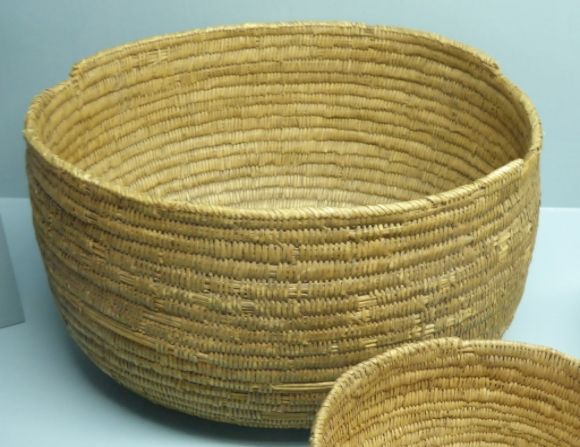
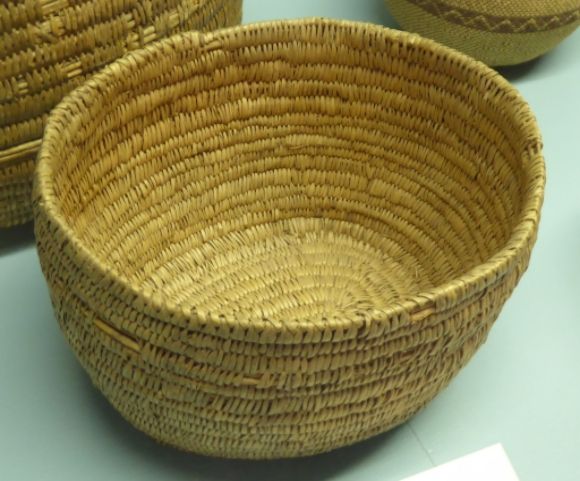

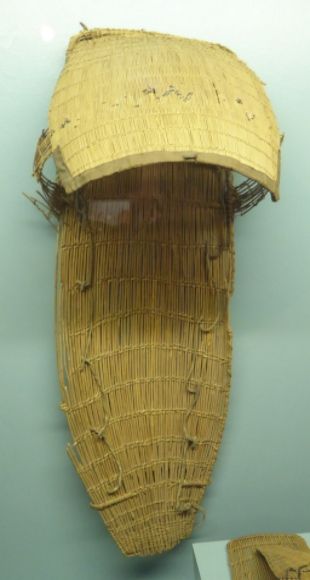 Shown above is a Paiute baby carrier.
Shown above is a Paiute baby carrier.
According to the Museum display:
“Paiute cradles were typically made of willow. Animal skin wrappings or straps were used to secure the baby to the board. A sun shade to shield the baby’s face was patterned differently depending on the baby’s sex. Boys’ cradles had a series of slanted parallel lines and girls had zigzag or diamond patterns.”
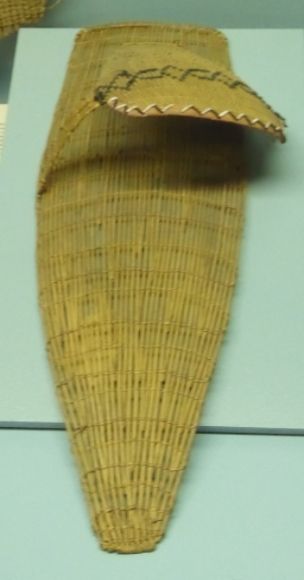 The Southern Paiute model baby carrier shown above was intended as a tourist trade item.
The Southern Paiute model baby carrier shown above was intended as a tourist trade item. 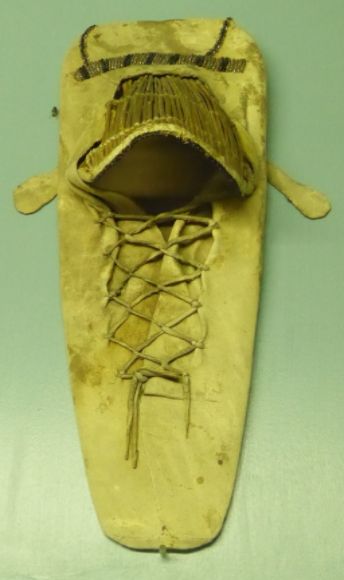 The Northern Paiute model baby carrier shown above was intended as a tourist trade item.
The Northern Paiute model baby carrier shown above was intended as a tourist trade item. 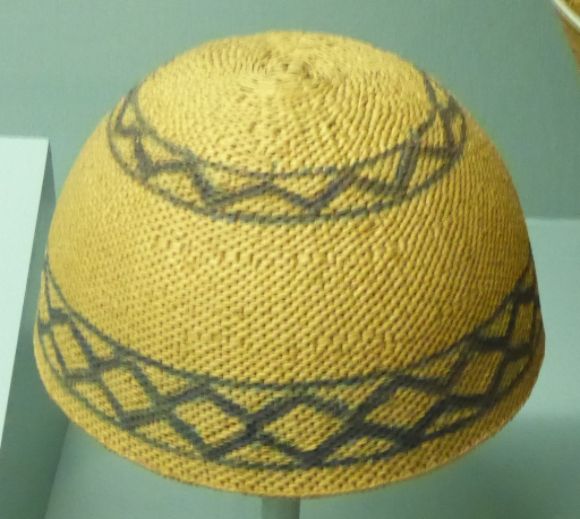 Shown above is a Paiute woman’s hat.
Shown above is a Paiute woman’s hat.  Shown above is a Paiute burden basket. This type of basket would be used to carry heavy loads such as firewood, gathered foods, and basketry materials.
Shown above is a Paiute burden basket. This type of basket would be used to carry heavy loads such as firewood, gathered foods, and basketry materials. 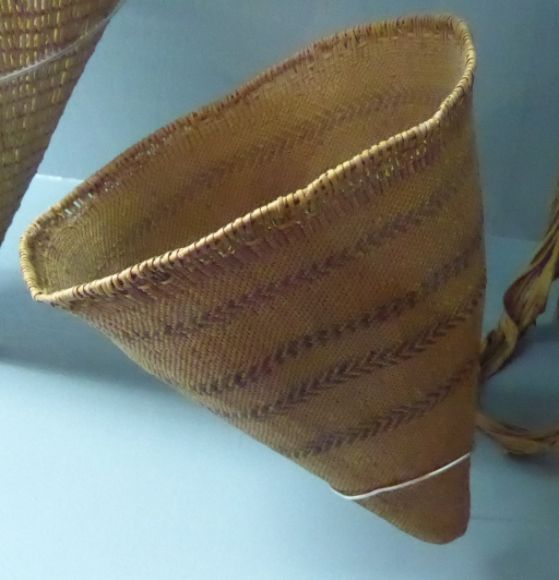 Shown above is a small Paiute gathering basket.
Shown above is a small Paiute gathering basket. 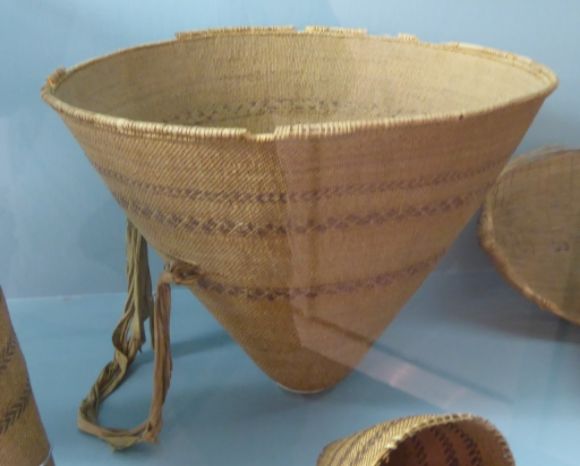 Shown above is a larger Paiute gathering basket with a tumpline which was placed on the forehead.
Shown above is a larger Paiute gathering basket with a tumpline which was placed on the forehead. 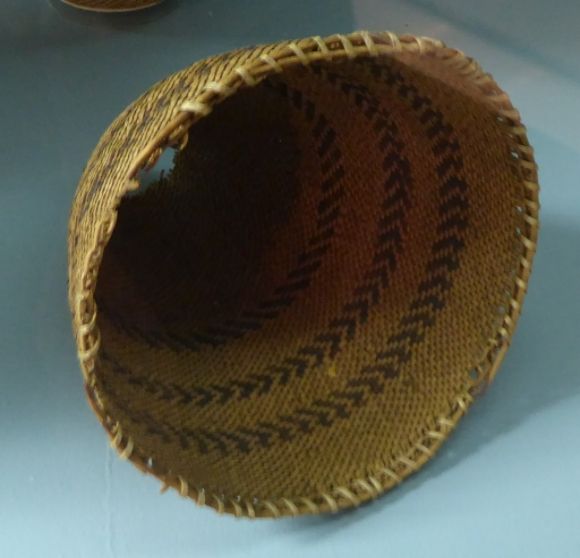
 Shown above are Paiute winnowing trays.
Shown above are Paiute winnowing trays.
According to the Museum display:
“Openwork trays like these were used for pine nuts which were winnowed twice. The nuts were taken out of the cones and winnowed to remove any debris. Then the nut meats were removed from the shells and winnowed a second time.”
Water Jars
According to the Museum display:
“Small water jars were used as canteens by individuals, while large one were used to carry and store water for the camp.”
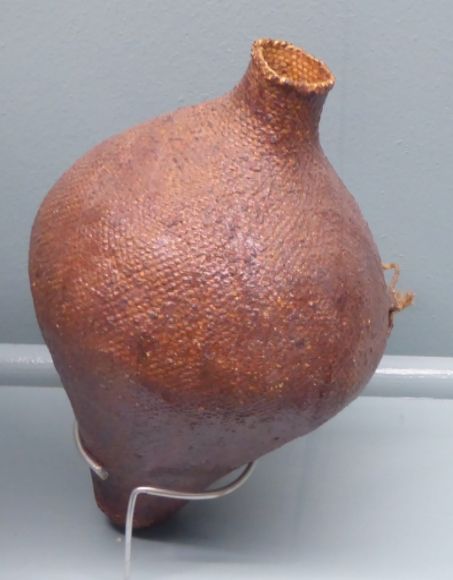
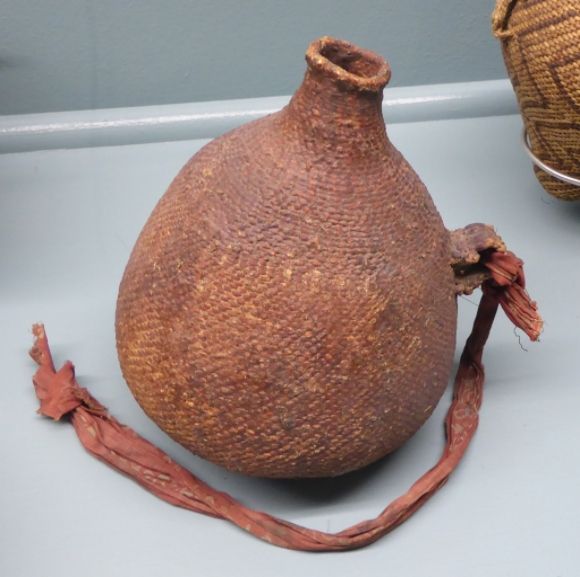
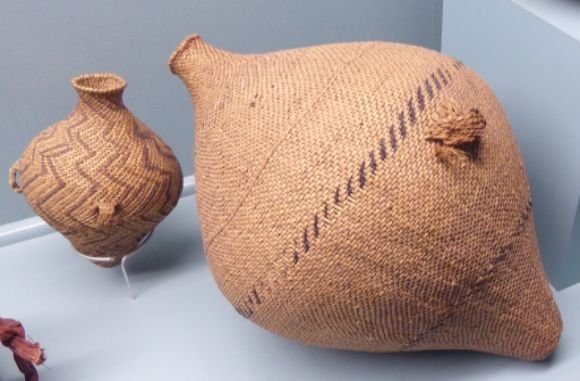

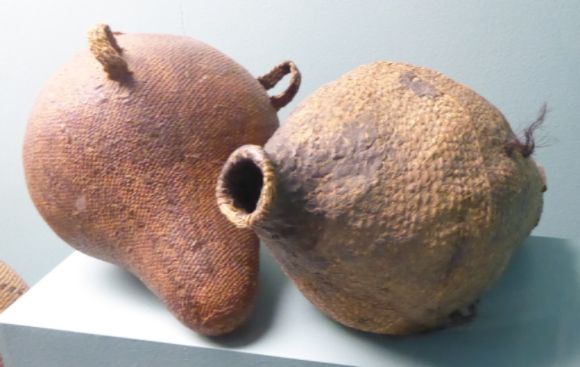 Shown above are Washoe water baskets which have been coated with piñon pine pitch to make them watertight.
Shown above are Washoe water baskets which have been coated with piñon pine pitch to make them watertight. 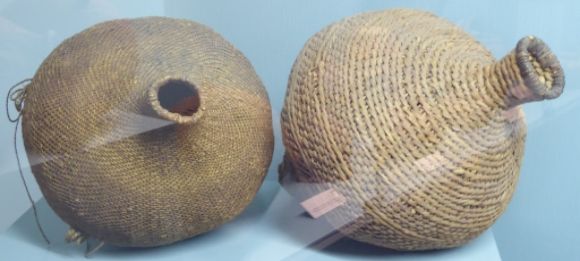
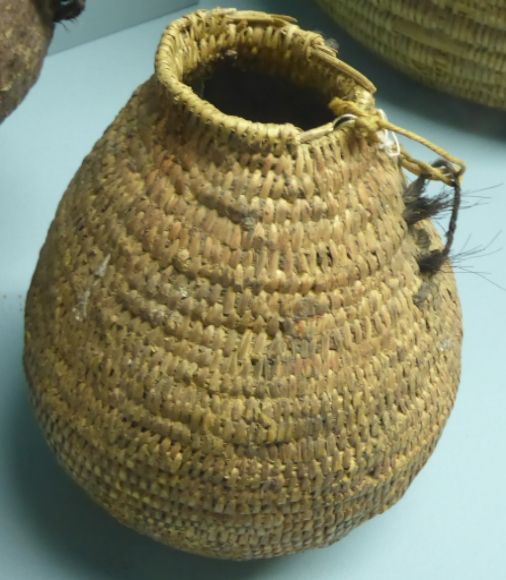
Indians 101
Indians 101 is a series exploring American Indian cultures, arts, histories, biographies, and current concerns.
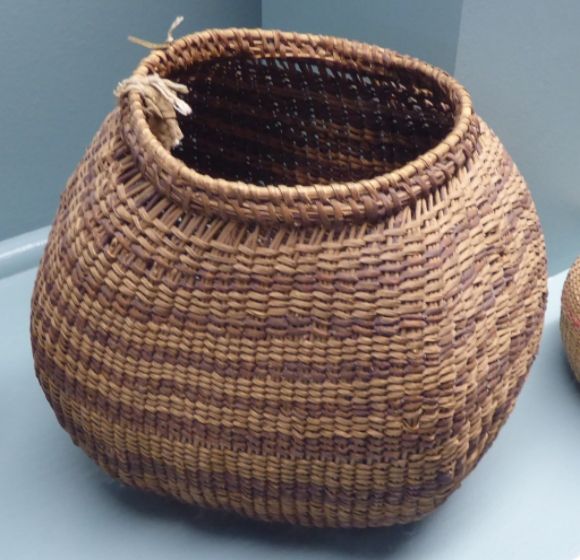
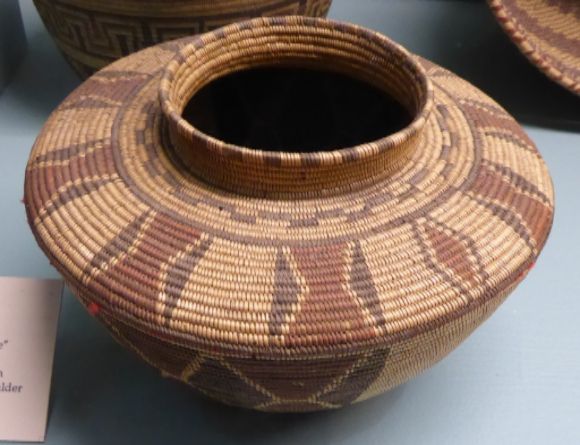

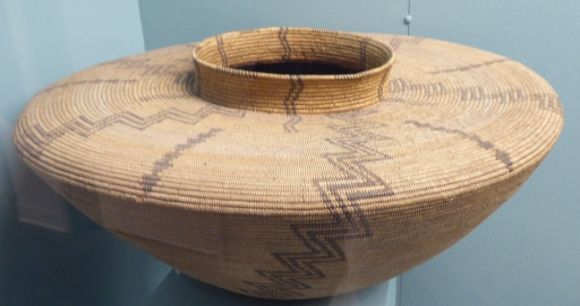
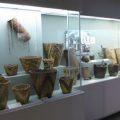
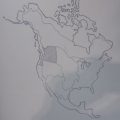
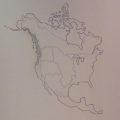
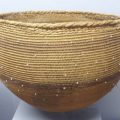
Leave a Reply